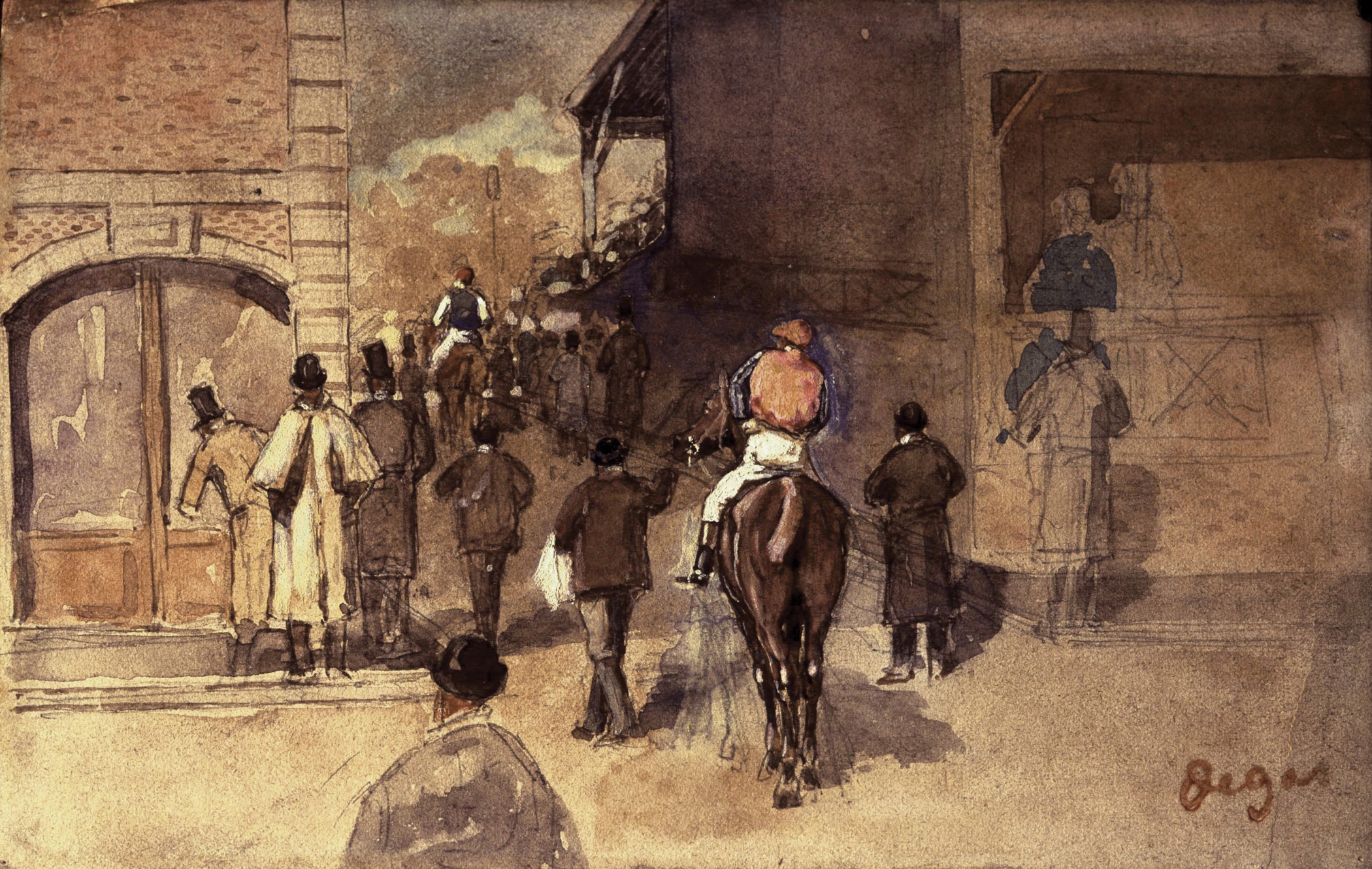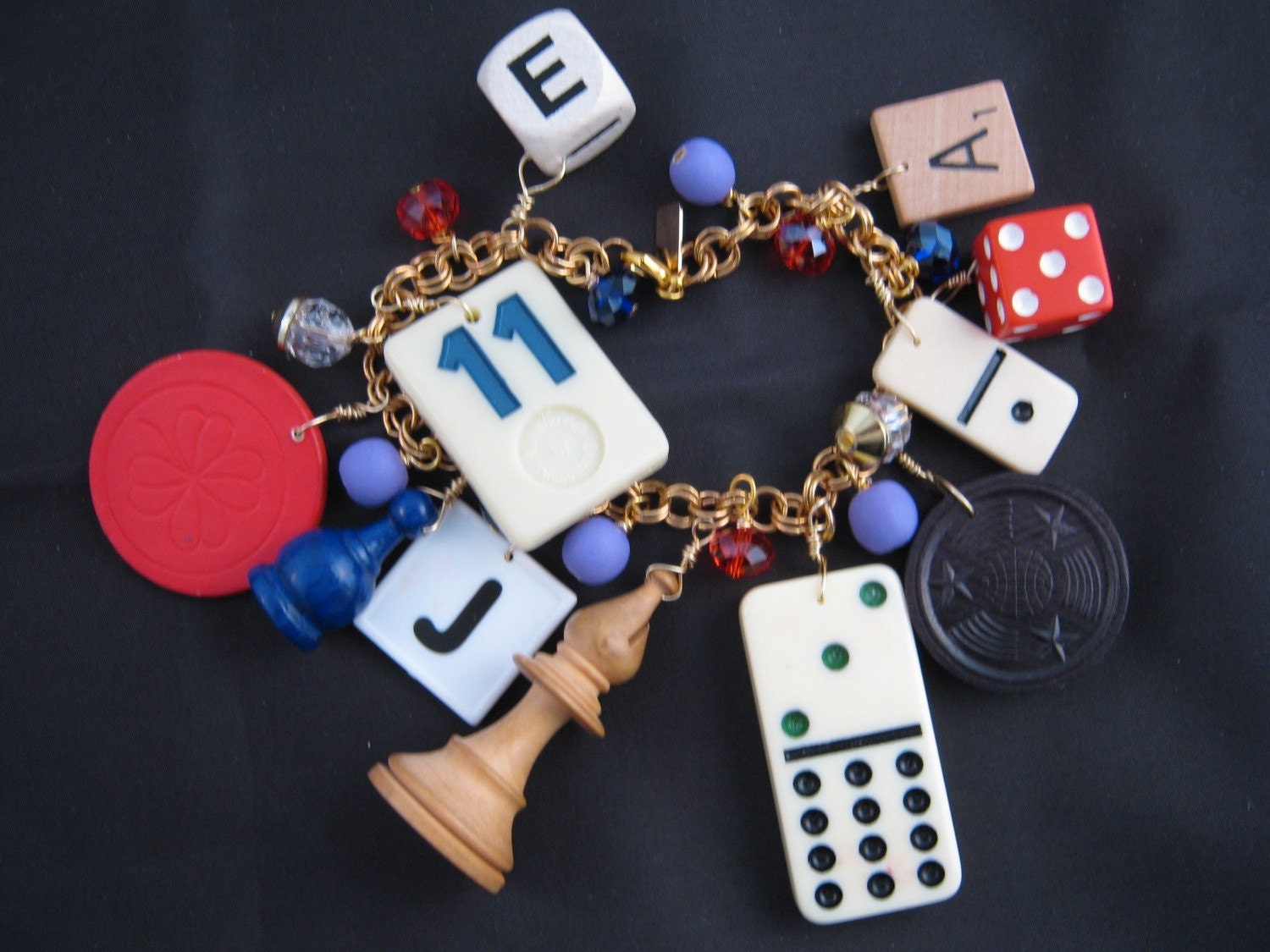 |
| Charm bracelet by Jennifer Jones Jewelry. |
Jennifer Jones makes handmade statement jewelry from vintage brooches, pins, buttons, and the occasional Tabasco sauce bottle. Since she’s my former painting student and friend, we frequently talk shop. Recently, she’s been telling me that Etsy, the e-commerce website focusing on handmade craft items, has started allowing the resale of manufactured goods.
Maybe the New York Times can wax philosophical about the difference between ‘handmade’ and ‘mass-produced’ but we artists understand the difference. It isn’t about the tools and supplies you use; it’s about personally guiding the work through every step of the process.
 |
| Enamel flower necklace by Jennifer Jones. There is no way to mass-produce an assemblage of this nature. |
If you’ve done time on the art-fair circuit, you know that allowing manufactured goods is the kiss of death for a venue’s high-end craftsmen. It adulterates the brand, and it brings in the wrong audience—an audience which can’t distinguish the craftsmanship of a $500 piece from a mass-produced $50 copy. Nevertheless, it seems like sooner or later almost every venue succumbs to the temptation.
Freakonomics had this to say about it:
Etsy’s latest move is entirely in line with the history of handmade goods, a history that is more complicated than the simple term “handmade” implies. The artisans have run head-on into the problem that led to the Industrial Revolution: Making things by hand is slow. Really slow.
That’s kind of missing the point. We don’t live in an age where the major issue is making more stuff in less time. In fact, we are flooded in cheap goods. Right now, we Americans can’t compete in the cheap-goods market. Whether our craft is writing software or creating brilliant jewelry from castoffs, we are not selling a product but a process, one that frequently yields arrestingly good results.
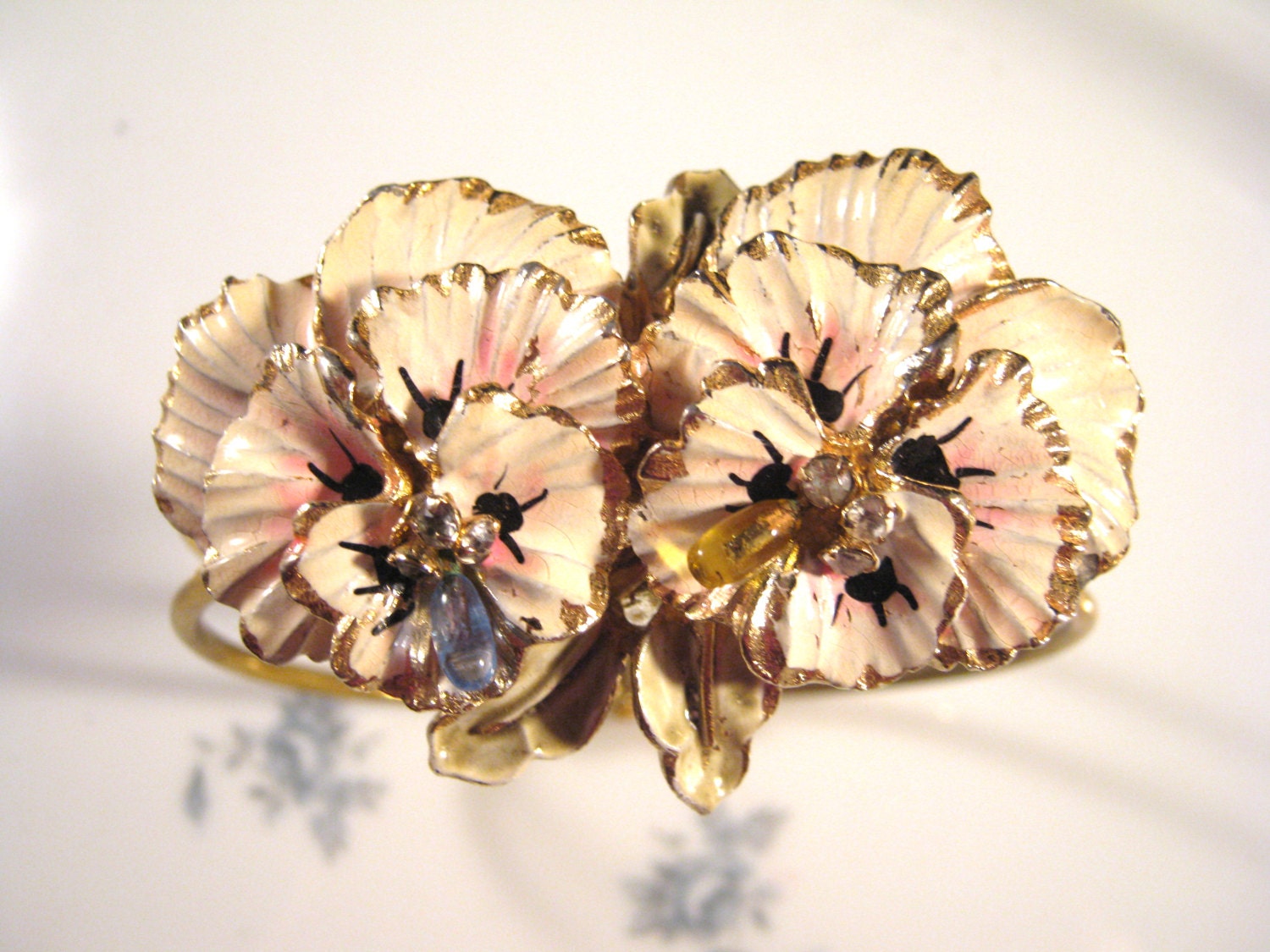 |
| Bracelet cuff made of vintage enameled pansies and some other stuff, by Jennifer Jones. |
I had a designer friend with a unique and locally-popular line of clothes. She tried to scale it up, and she got lost in the vagaries of offshore manufacturing. When she was done, she had a product that would have been at home at Target—in fact, she didn’t even have that, because she was a rank amateur at the business of international sourcing. She sacrificed what she did best chasing a mirage, and her product line died completely.
Meanwhile, Jennifer keeps making these one-off items, and her market is worldwide.
Let me know if you’re interested in painting with me in Maine in 2014 or Rochester at any time. Click here for more information on my Maine workshops!


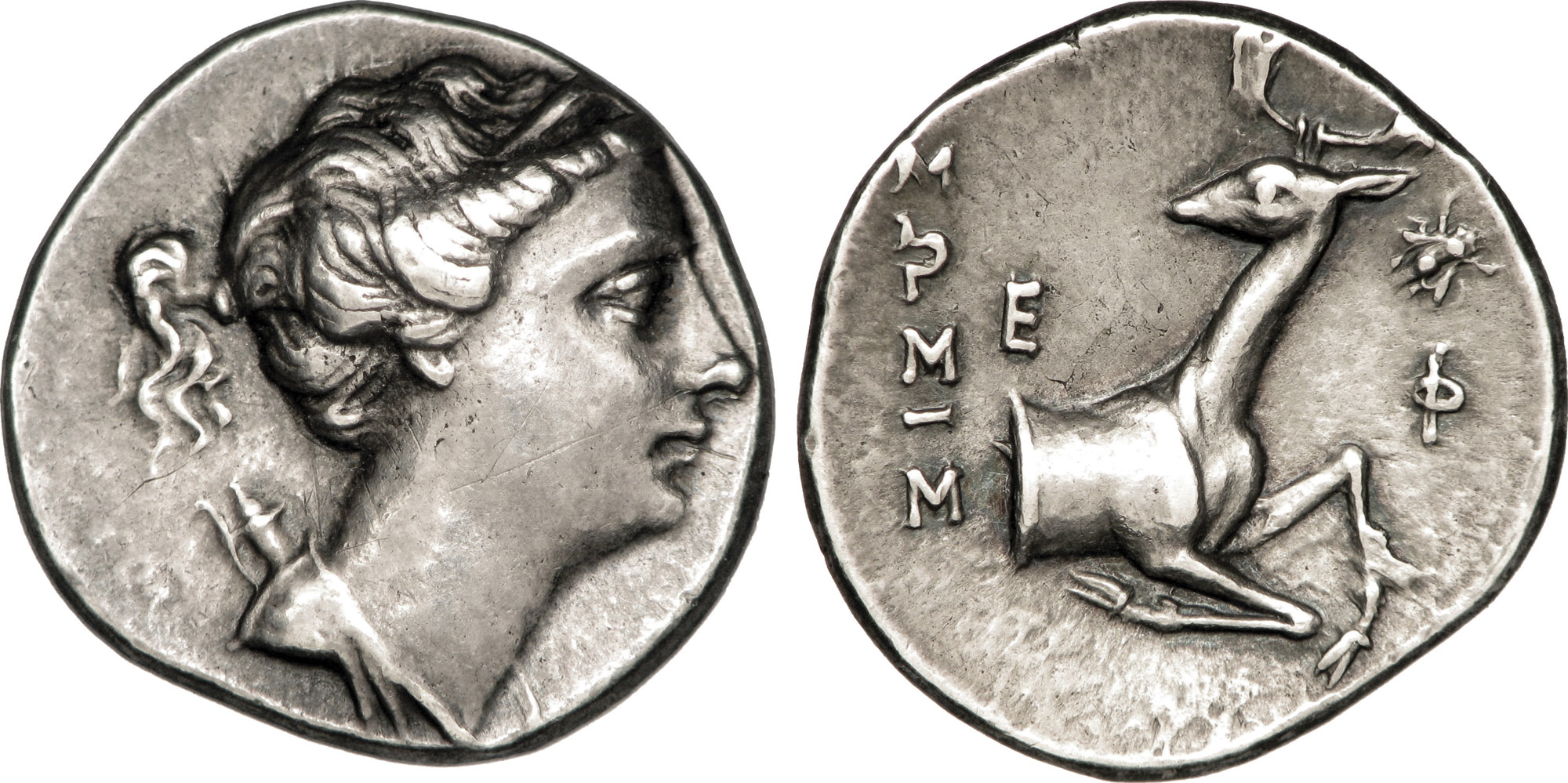





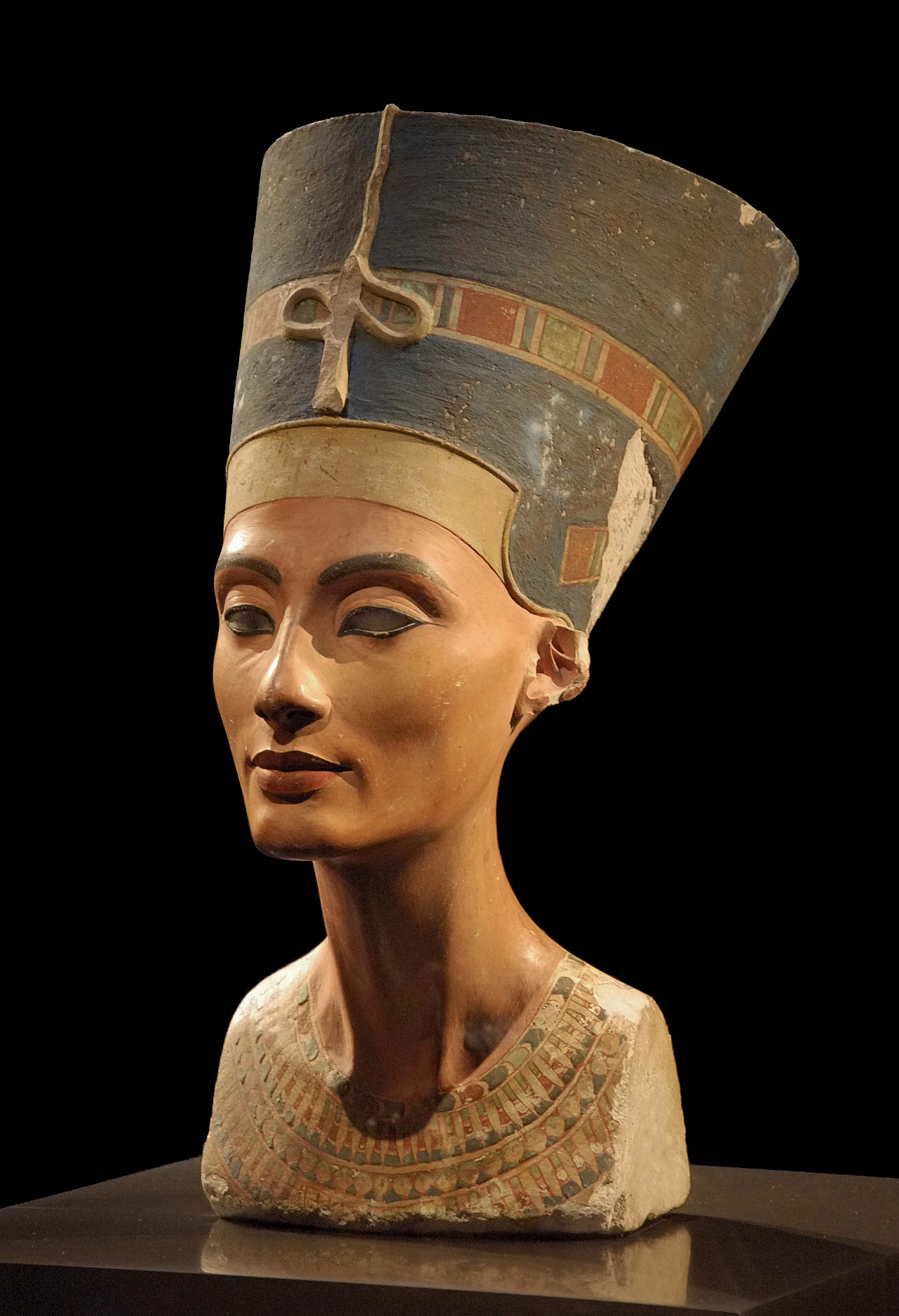

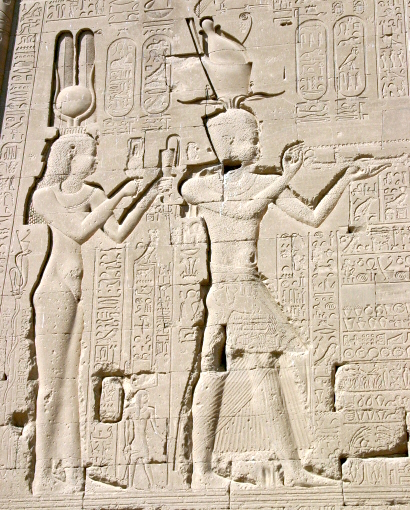


_(RA)_-_Travoys_Arriving_with_Wounded_at_a_Dressing-Station_at_Smol,_Macedonia,_September_1916_-_Google_Art_Project.jpg)


,_by_Velazquez.jpg/521px-Las_Meninas_(1656),_by_Velazquez.jpg)


